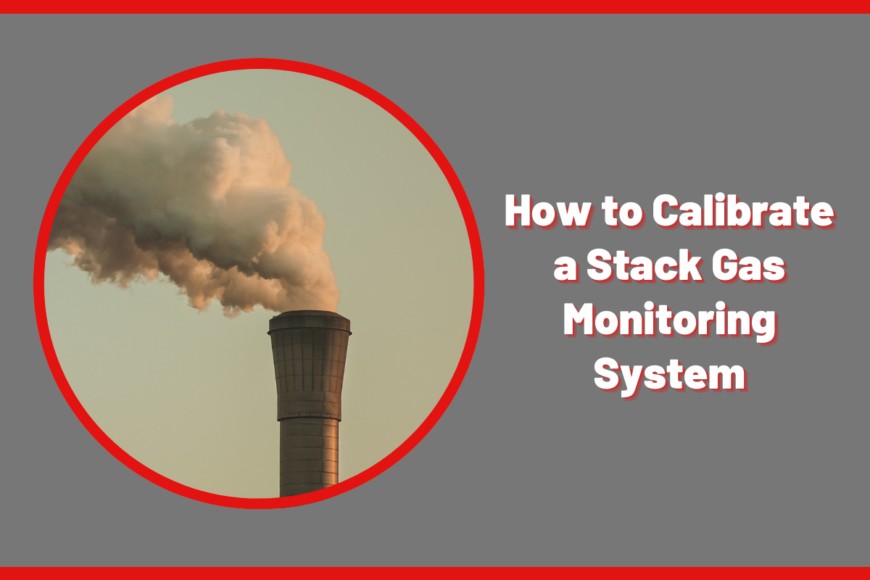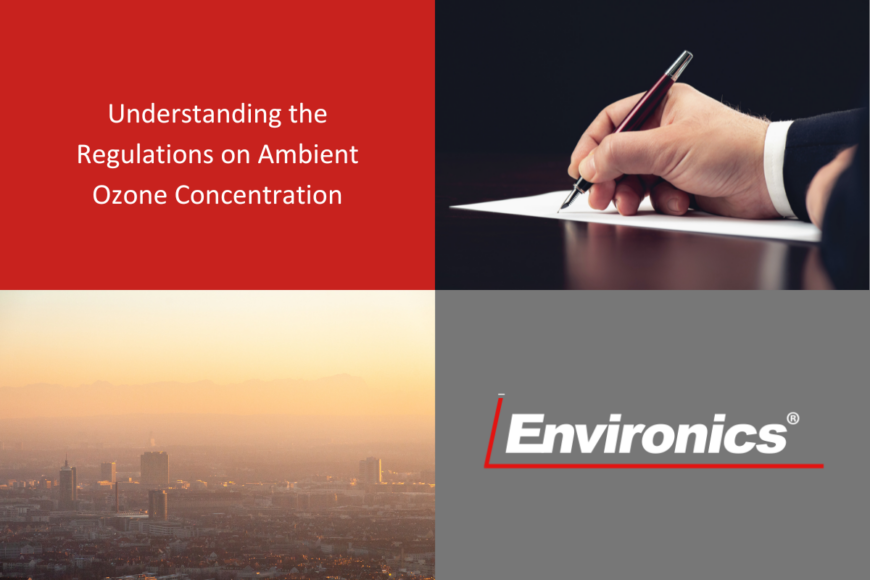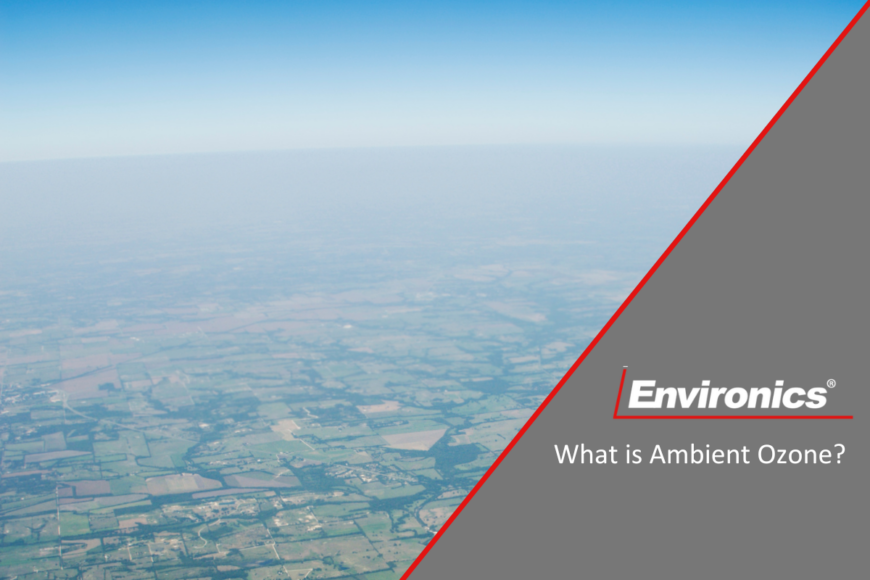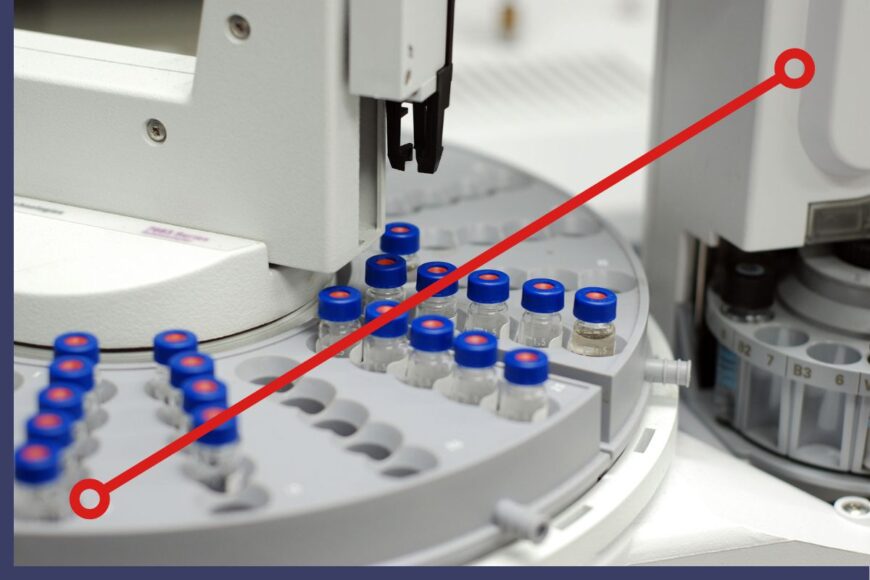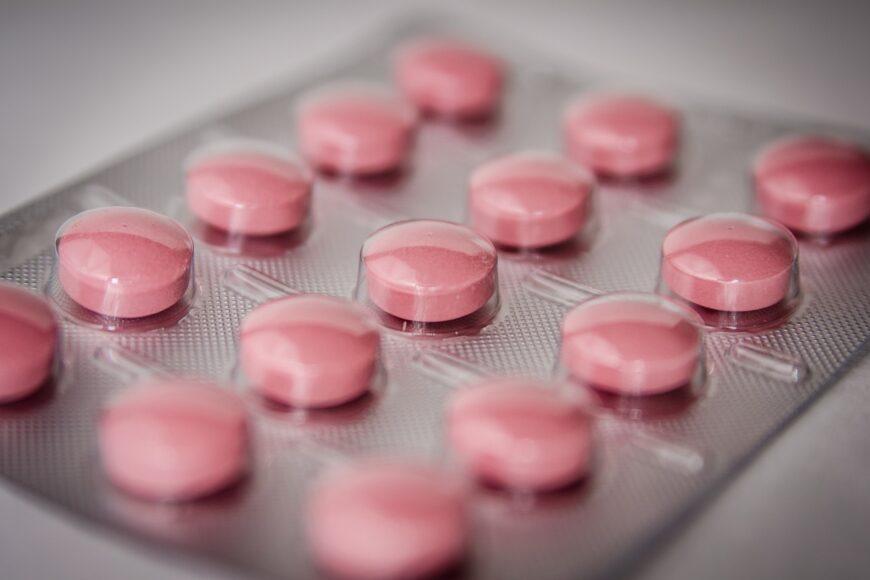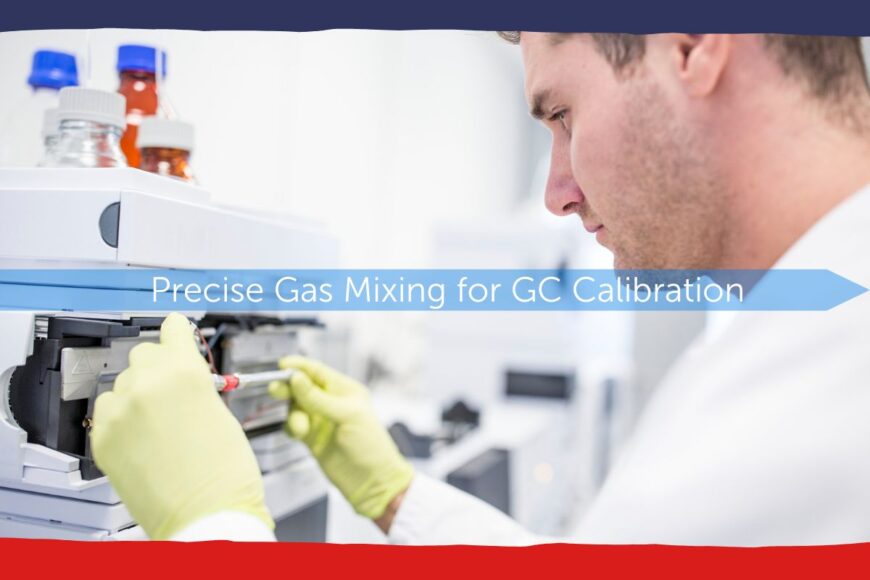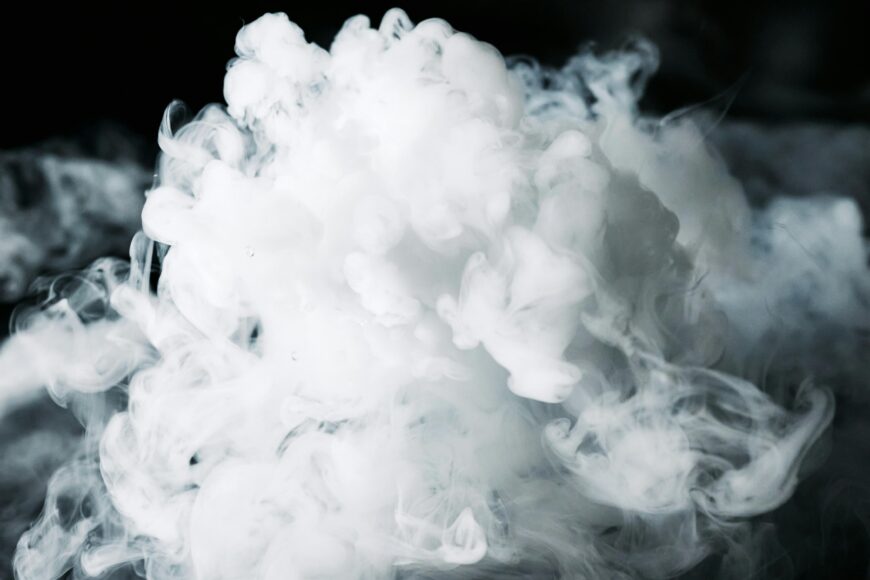Stack gas monitoring systems are indispensable for measuring emissions from industrial processes, ensuring compliance with environmental regulations and contributing to sustainable industrial practices. Accurate systems calibration is critical for providing reliable emissions data, which forms the foundation of regulatory reporting and environmental protection strategies. Components of a Stack Gas Monitoring System A typical stack gas monitoring system
Read MoreGas delivery systems are fundamental to the semiconductor manufacturing process, where precision, safety, and efficiency are paramount. These systems enable meticulous control over the flow
Read MoreSemiconductor fabrication relies on a diverse range of specialty gases that play critical roles in processes such as deposition, etching, doping, and cleaning. These gases
Read MoreAir pollution is a well-known health risk, but one of its most dangerous components is often invisible: ambient ozone. Unlike particulate matter or smoke, ozone
Read MoreOzone serves as a protective layer in the upper atmosphere, absorbing harmful ultraviolet rays and helping sustain life on Earth. But at ground level, ozone
Read MoreWhat is Ambient Ozone?
Ambient ozone is a significant component of atmospheric chemistry, influencing air quality and human health. While ozone (O₃) plays a crucial protective role in the
Read MoreCalibration curves are essential for ensuring accurate and reliable results in gas chromatography (GC) analyses. By plotting known concentrations of an analyte against the detector’s
Read MoreWhen Does a GC Machine Need Calibration Standards with PPB Concentrations?
Accurate calibration in gas chromatography transforms good measurements into precise, actionable data. When handling high-stakes tasks in environmental science or pharmaceuticals, ensuring calibration at parts
Read MoreAccuracy and repeatability are central to gas chromatography. They ensure the reliability of results, effectively underscoring the trustworthiness of your measurements. An accurate measurement reflects
Read MoreGas chromatography (GC) systems are widely used for analyzing chemical compounds, with accurate machine calibration being vital to their performance. Traditionally, calibration gas mixtures are delivered in pre-filled cylinders. However, technological advancements have allowed laboratories to perform on-site gas blending, which offers numerous advantages for GC machine calibration. This blog explores how on-site blending enhances
Read More
